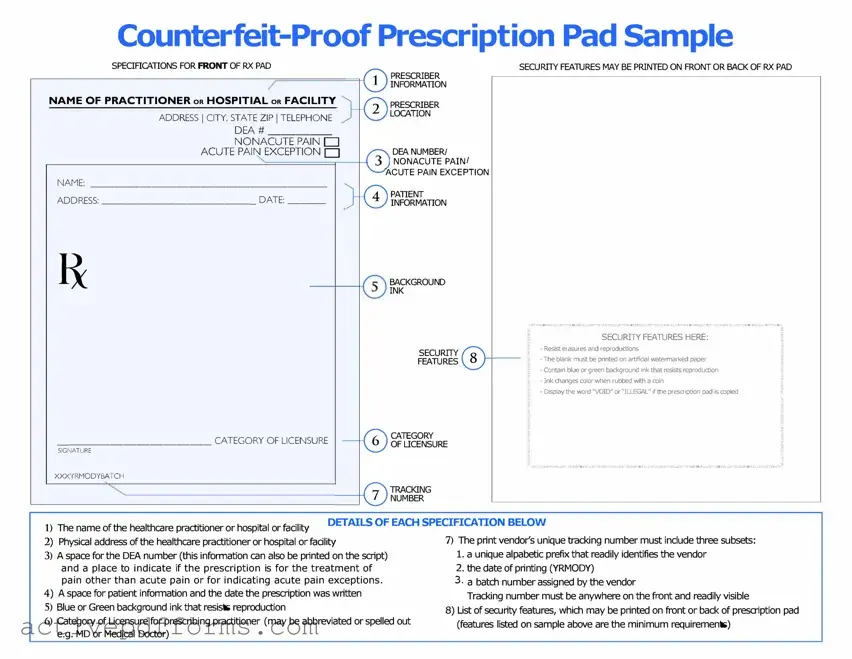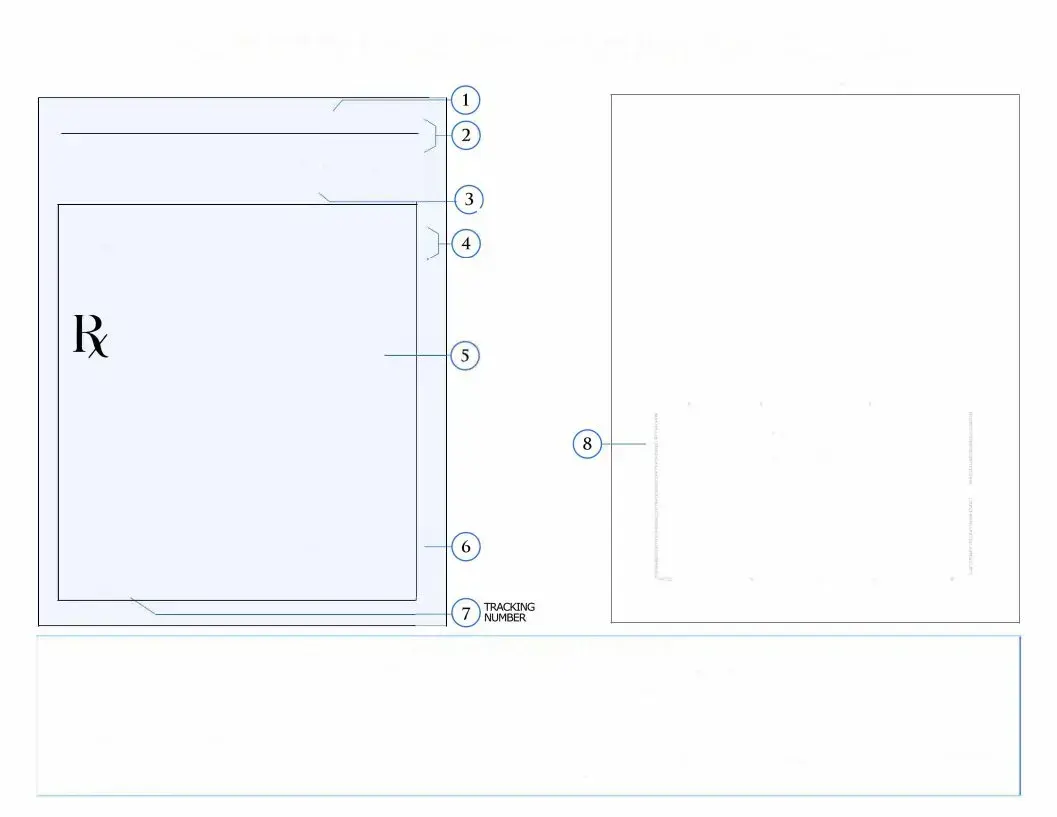Free Prescription Pad PDF Template
A Prescription Pad form serves as a written order or request by a licensed healthcare provider for the dispensing of medication or medical devices to a patient. Its structured format ensures all necessary information is clearly provided for the pharmacist to accurately dispense medication. This document is a fundamental tool in healthcare, bridging the gap between diagnosis and treatment.
Edit Prescription Pad Now

